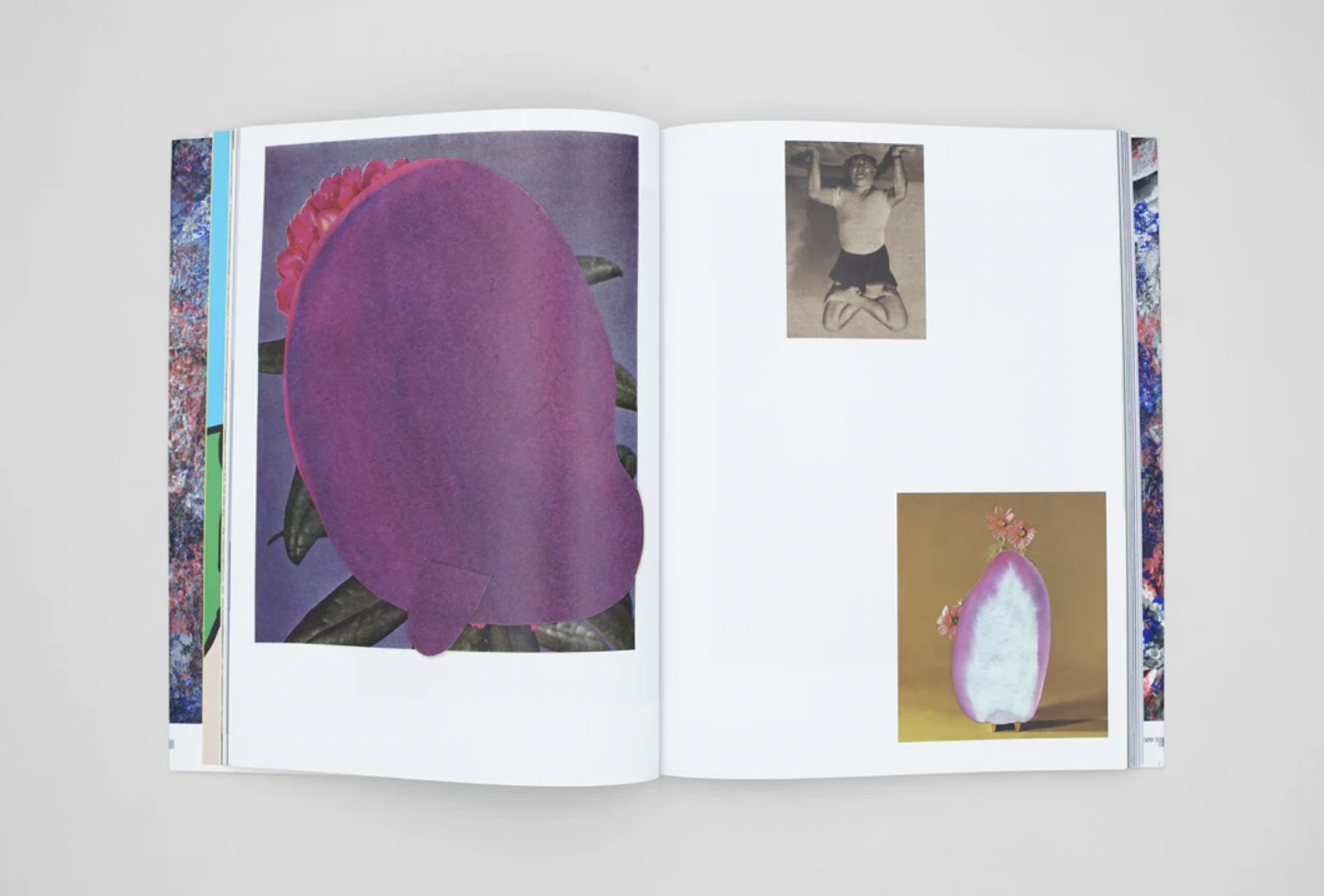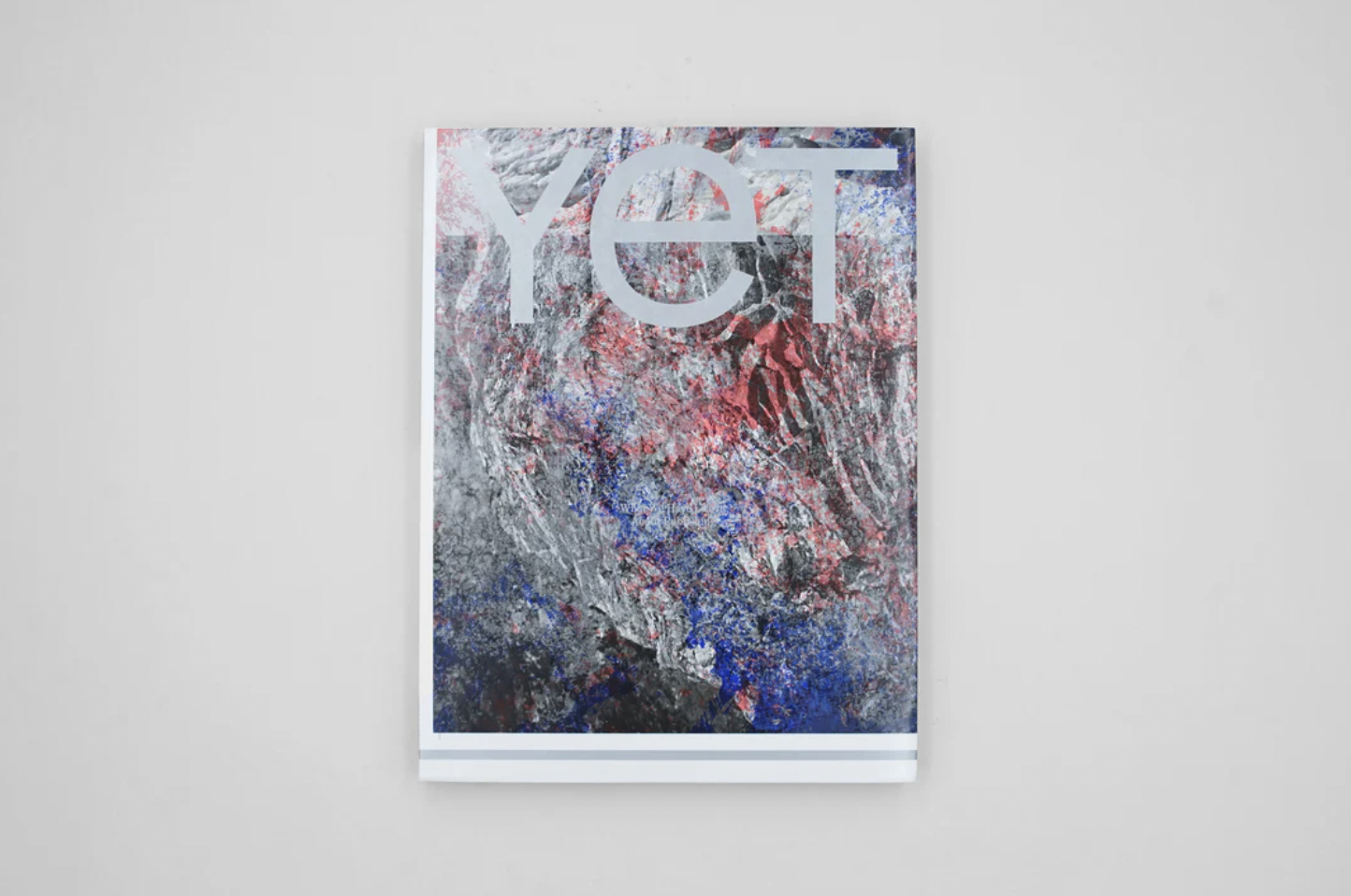Method for the Everydays - On Ruth Van Beek
"What we have learnt about publishing’
Yet Magazine 12,
11 . 2020
"What we have learnt about publishing’
Yet Magazine 12,
11 . 2020
Text on artists’ Ruth Van Beek’s practice of repurposing, collagaging and painting images extracted from vintage magazine on domesticity.
Writing.

